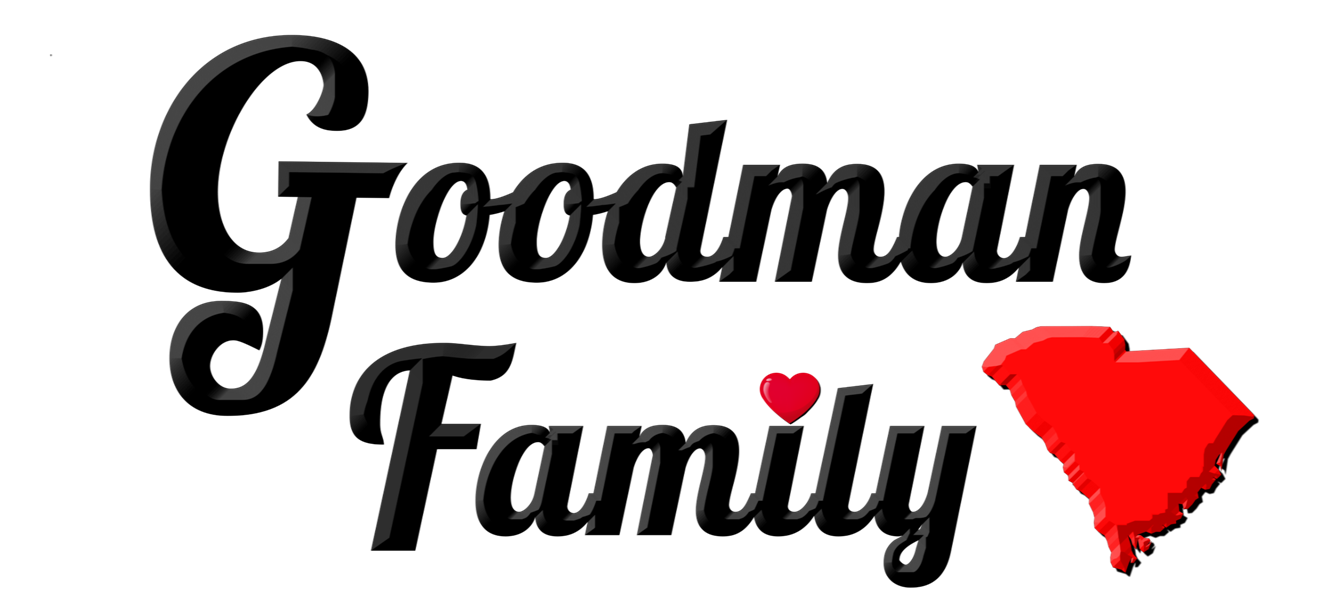

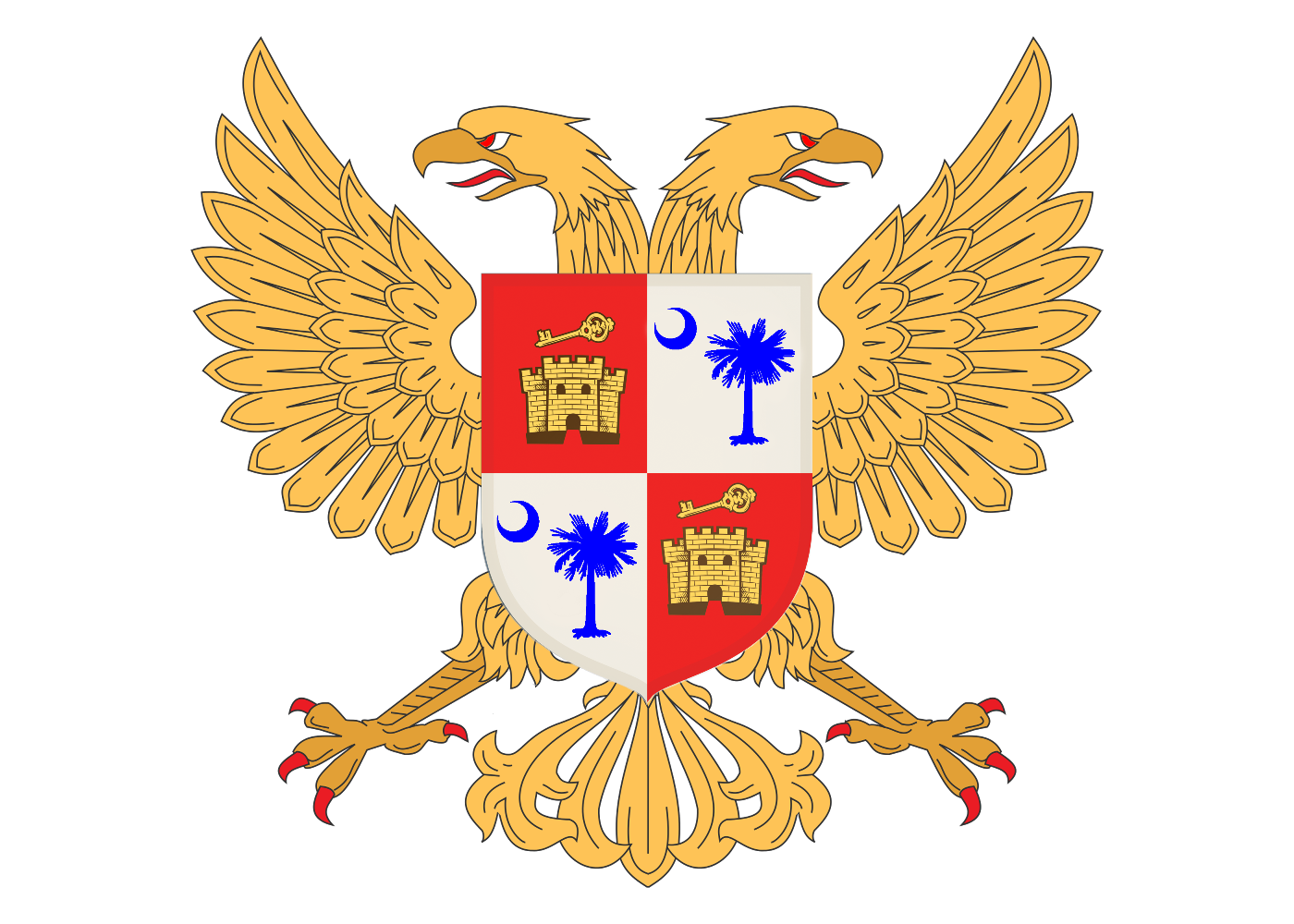
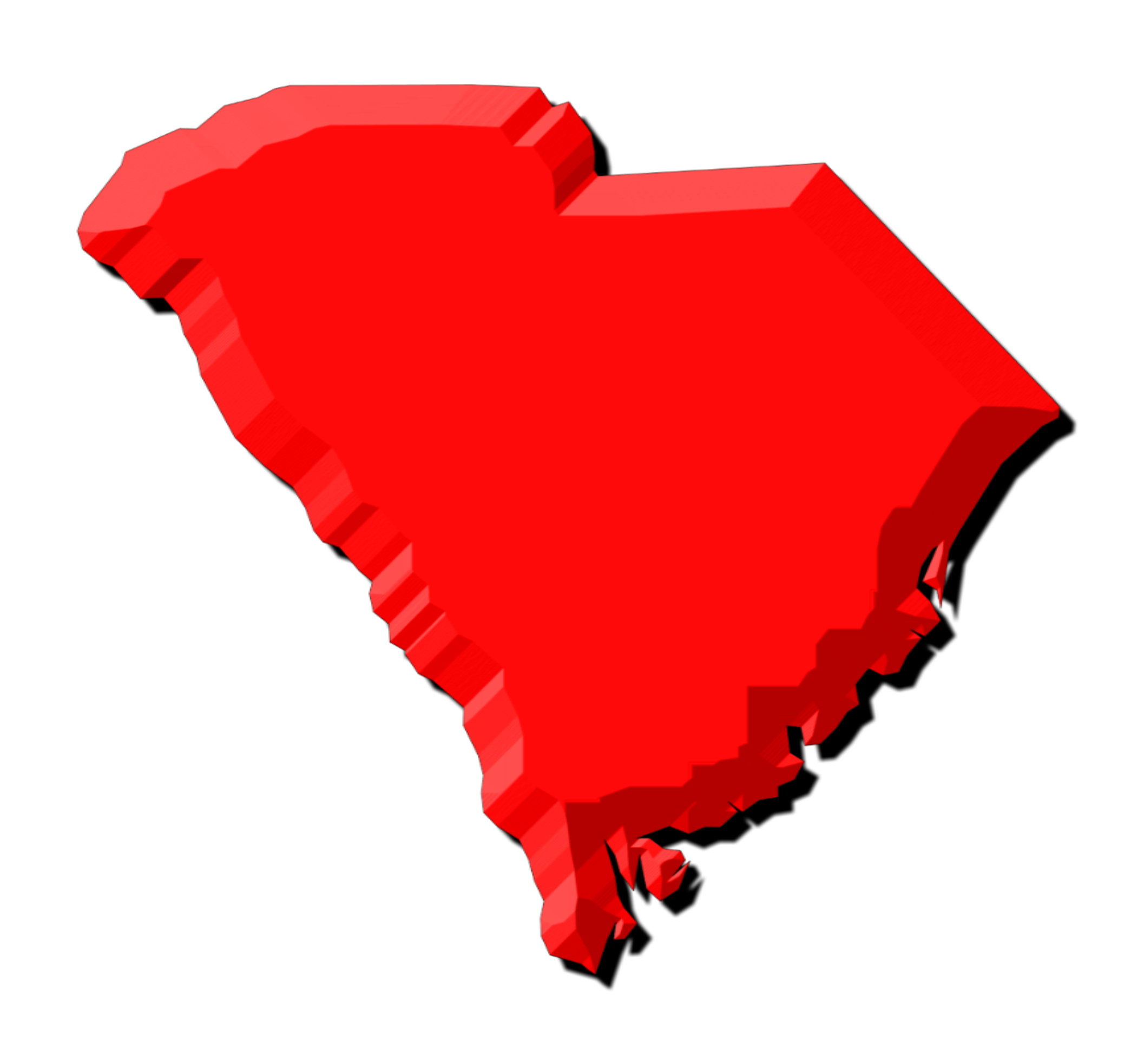
Our most treasured gifts are the memories of our family that we pass down to our children and to later generations.
Telling the story of our lives and the history of our family is the only way the future will ever understand the past.
The surname GOODMAN appears to be patronymical and occupational in origin. Indications are that it can be associated with the English and Scots, meaning, "descendant of GODMANN (good man);
the husband or head of the house;
a landowner, however large his estate, who held his land not directly from the crown but from a feudal vassal of the King."
The GOODMAN surname was also said to be used as a title, i.e., Sir, Esquire, etc., meaning "holder of land".
In Germany, Goodman is "Guttmann" or literally, "good man." This name was applied to the mercantile class as "good man" was the equivalent of "gentleman."
The surname of Goodman has three possible origins from which it may derive.
The first of these origins is that it may be used as a form of status to describe the head of the household. This surname derives from the Old English word “god”. “God” has been thought to be translated to mean “good” and “-man” which was a term used to describe the “head of.”
The second possible origin for the surname of Goodman is that in the country of Scotland, this surname is a locational surname and is used to describe a landowner. A landowner was someone who held their name not directly from the crown, but from a nobleman who was authorized by the king to do so.
The final possibility for the origin of the surname of Goodman was that it may be of a pre 7th Century Anglo-Saxon origin, that hails from the name “Guethmund.” This name is comprised of the element of “gueth” which can be translated to mean “battle” and the element “mund” which can be translated to mean “protection” Thus this surname of Goodman was one of a range of like surnames that covered the virtues of war and authority.
Common variations are:
Goodmann, Goodmman, Goodaman, Goodmman, Hgoodman, Goadaman, Goodeman
Goodmana, Gooddmman, Godman, Goodmanw, Goodmaan
Want to learn more? Visit: Goodman Links Page
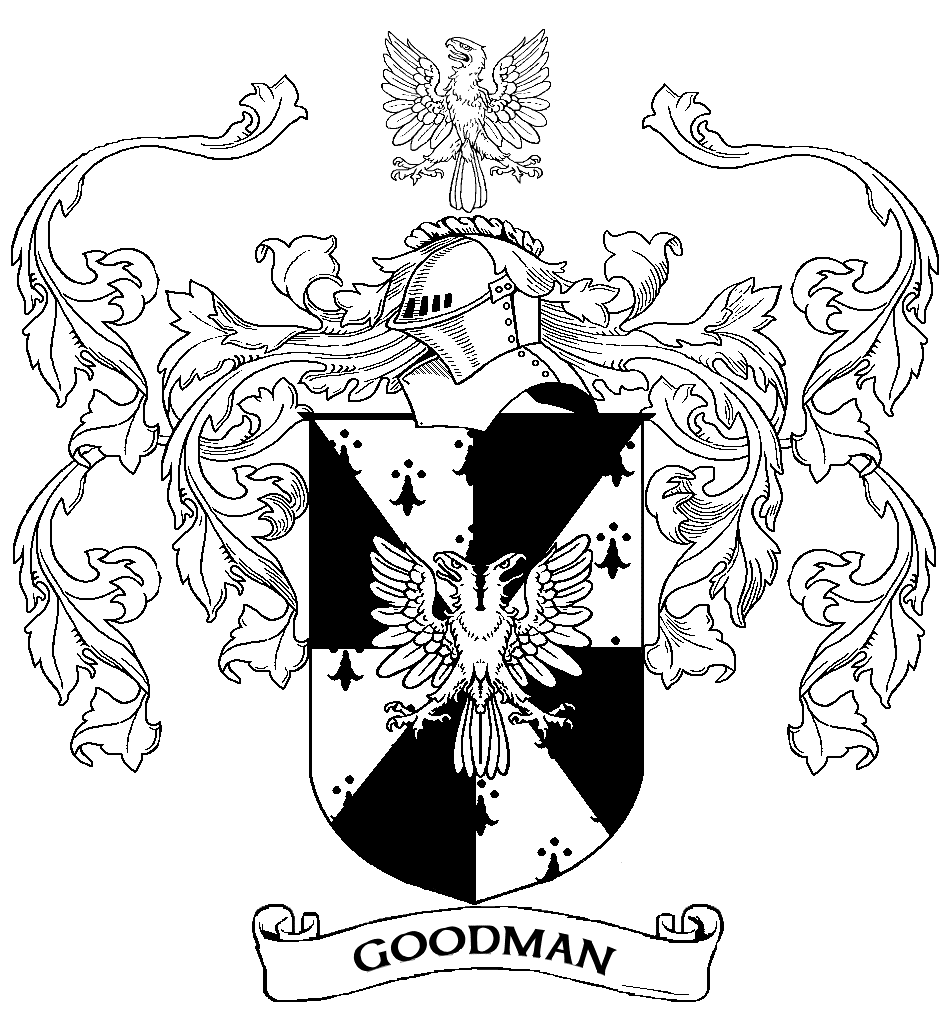
General Coat of Arms Information:
Facts about Coats of Arms and their use in the United Kingdom…
( Info taken from David B. Goodman of England, UK)
In England and Wales The College of Arms is responsible for the issuing and control of Coats of Arms. In Scotland it’s under the jurisdiction of the Lord Lyon King of Arms.
Legal Coats of Arms are awarded to individuals, not to families or surnames. They can be inherited through male lineage.
It’s not acceptable to use existing arms without the permission of the owner, or proof that you are directly descended through the male line to the original owner.
A new design has to be unique and have at least two “linear differences” so it’s distinctive when appearing in black and white.
In the UK the High Court of Chivalry deals with cases where ownership is disputed, though the last time a case was heard over sixty years ago.
A “crest”actually refers to the bit above the “helm” and not to the whole arms.
When the description of a Coat of Arms describes something left (sinister) or right (dexter) – it means from the viewpoint of the bearer not someone looking at the shield.
A few phrases used in describing objects on a
Common Coat of Arms Phrases and Words:
Bend – A broad diagonal strip from top left to bottom right of a shield
Chevron – An inverted V shape
Chief – A broad strip across the uppermost part of a shield
Dexter – Right-hand side of the shield – from the user’s point of view, not the observer’s
Ermine – A fur made from the white pelt of the ermine on which the black tips of the creature’s tail appear
Fess – A broad strip horizontally across the centre of the shield
Mantling – A small cloak hanging from the back of the helm, usually shown as shredded and in an updraft
Pale – A broad vertical strip down the centre of a shield
Sinister – Left-hand side of the shield – from the user’s point of view, not the observer’s.
Wreath – A cord of twisted silk which holds the mantling to the top of the helm and forms the base of most crests
Colours used in Coats of Arms:
Argent – Silver – mostly shown as white
Azure – Blue
Gules – Red
Or – Gold – often shown as yellow
Purpure – Purple
Sable – Black
Vert – Green
Goodman Coat of Arms (England)
ARMS (SHIELD):
GYRONNY of eight Ermine and Sable;
an EAGLE DISPLAYED with Two Heads Or (Gold)
CREST:
The battlement and upper part of a TOWER Argent, thereon a WOMAN couped at the knees, habited Azure, hair dishevelled Or (Gold), in the dexter hand a ROSE Gules, stalked and leaved Vert
MOTTO:
COELUM QUOD QUAERIMUS ULTRA
"HEAVEN, WHICH WE SEEK BEYOND"
Goodman Coat of Arms (Wales)
ARMS (SHIELD):
Per pale Ermine and Sable,
an EAGLE DISPLAYED with Two Heads Or (Gold); on a CANTON Azure, a MARTLET of the Third
CREST:
Out of a ducal CORONET Or(Gold), a demi EAGLE DISPLAYED with Two Heads Ermine
MOTTO:
COELUM QUOD QUAERIMUS ULTRA
"HEAVEN, WHICH WE SEEK BEYOND"
Goodman Coat of Arms (Ireland)
ARMS (SHIELD):
Sable, on a CHEVRON Argent between
three BUCKS' Heads cabossed Or (Gold),
as many TREFOILS slipped Gules;
on a CHIEF DANCETTEE of the Second, three HURTS
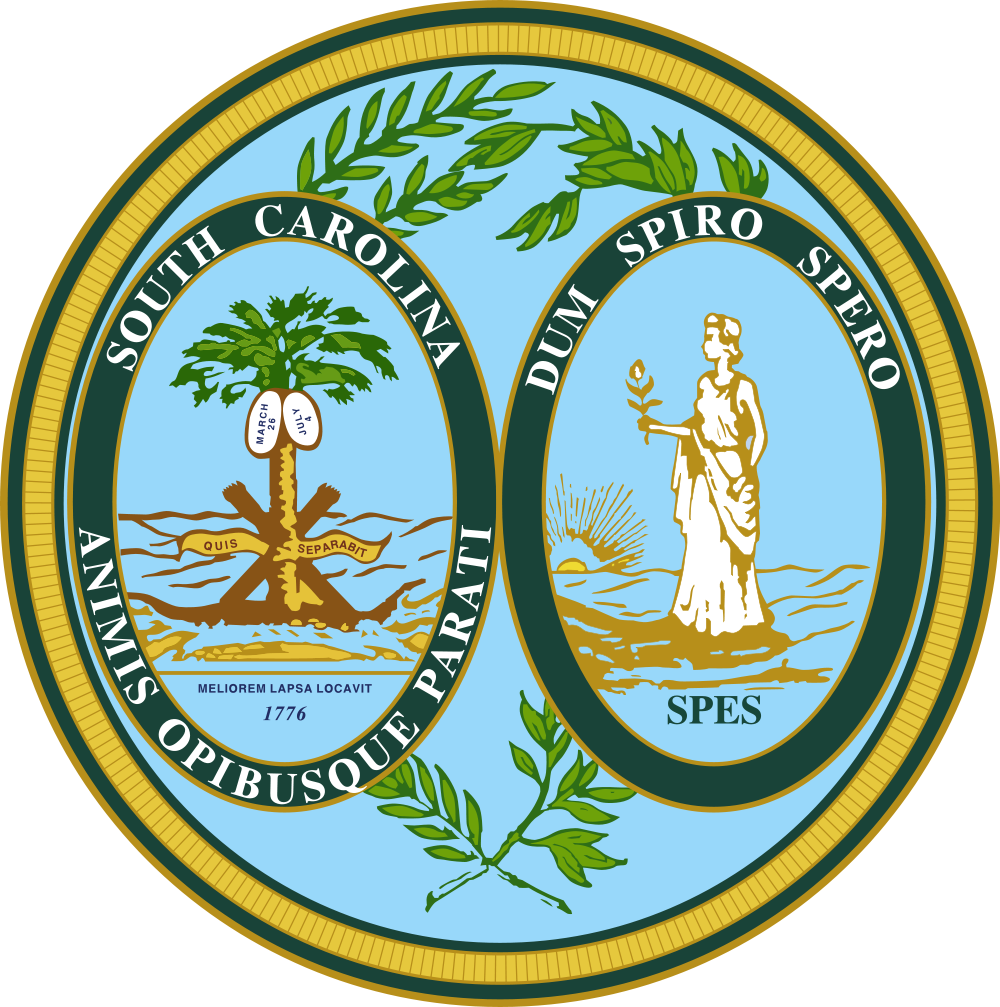
Shown Left: The South Carolina State Seal.
The left oval was originally the front of the seal, and it has the first of our two state mottos on it: "Animis Opibusque Parati," which is Latin for "Prepared in Mind and Resources."
The picture is of a palmetto tree and represents a battle victory against the British at present-day Fort Moultrie during the Revolutionary War.
The right oval was originally the reverse side of the seal, and it has our second state motto: "Dum Spiro Spero," which is Latin for "While I Breathe, I Hope."
The picture on this side of the seal ties in with the motto, because the woman pictured is the Roman goddess Spes, who was the goddess of hope.